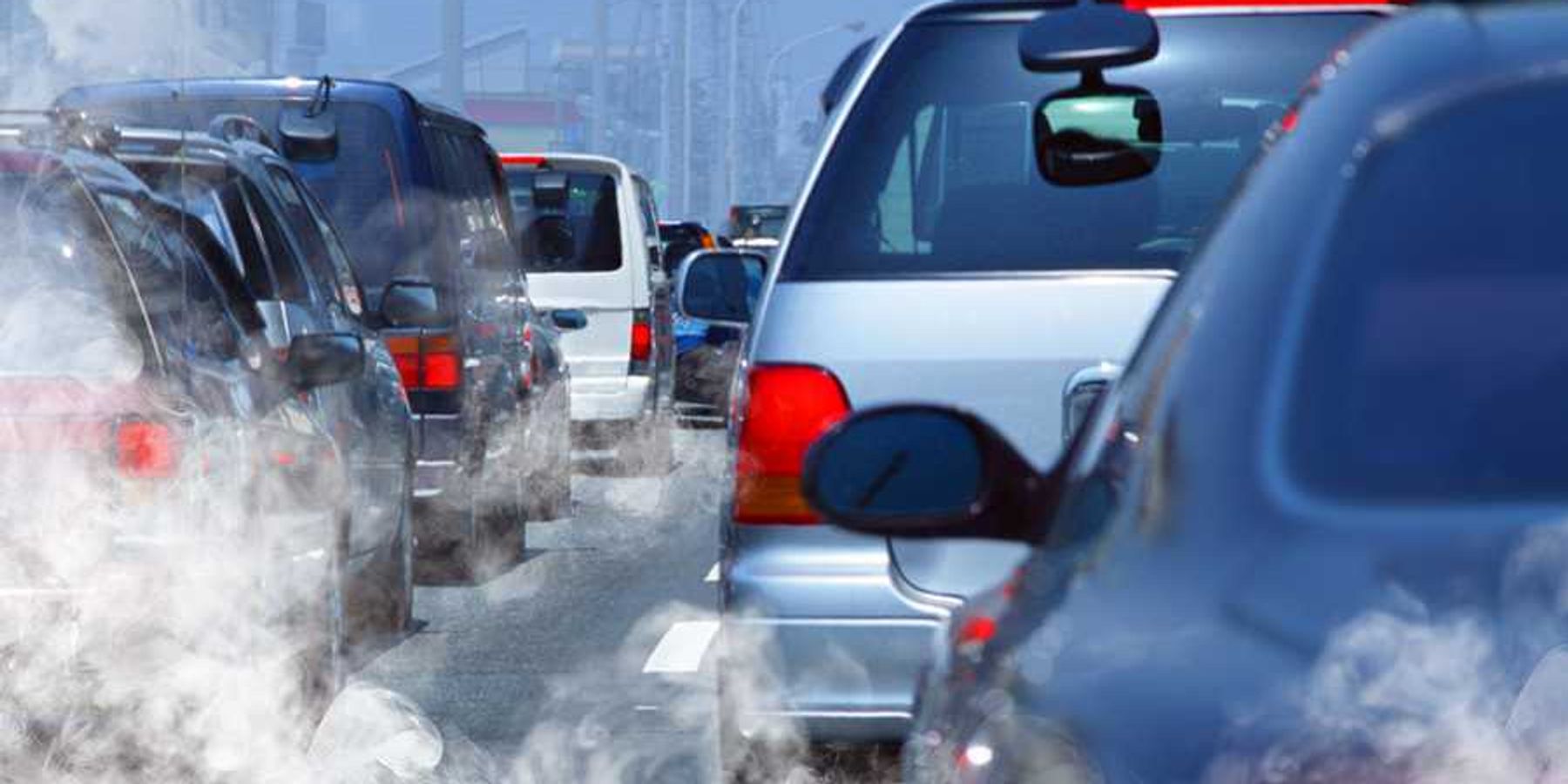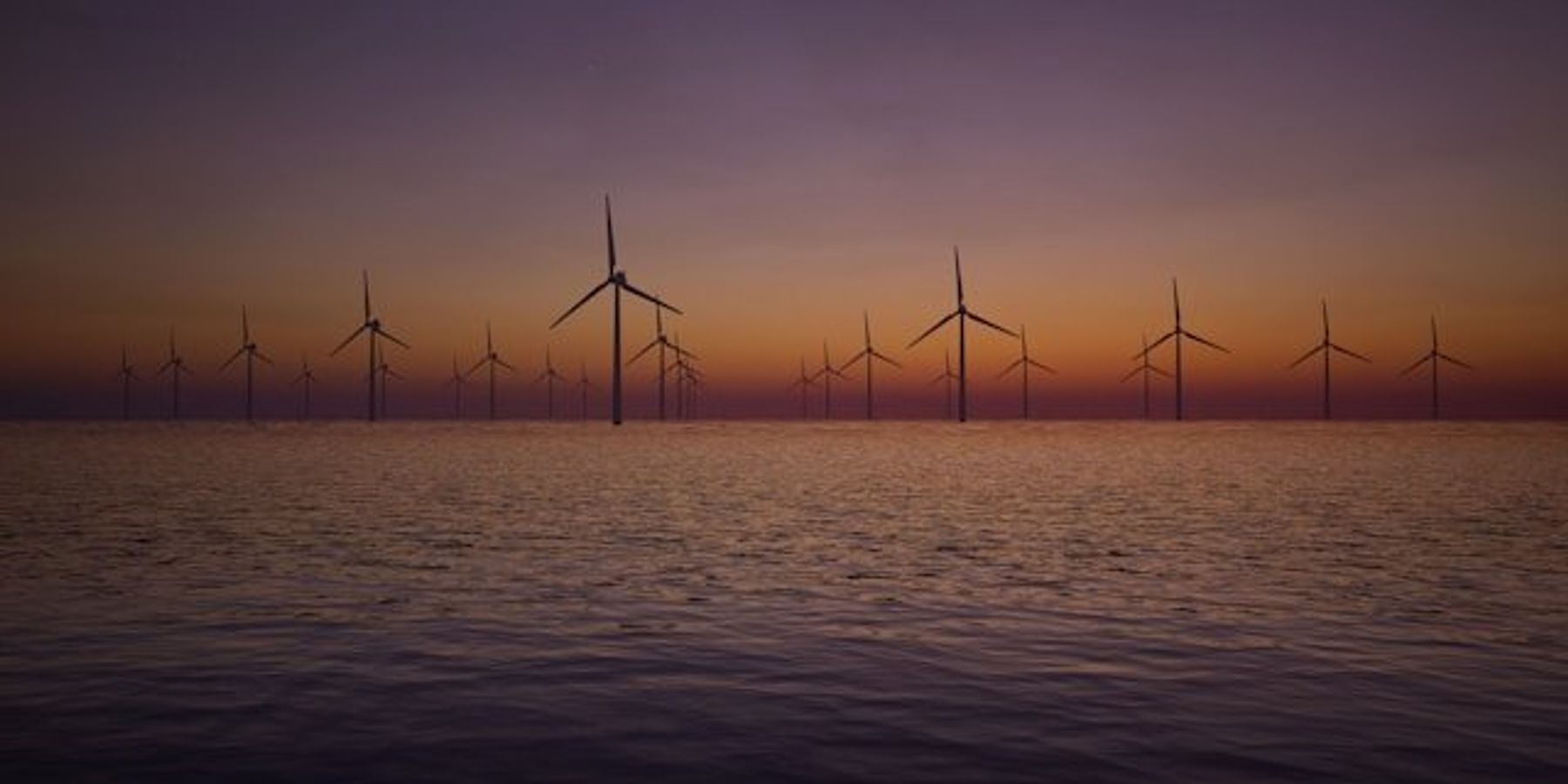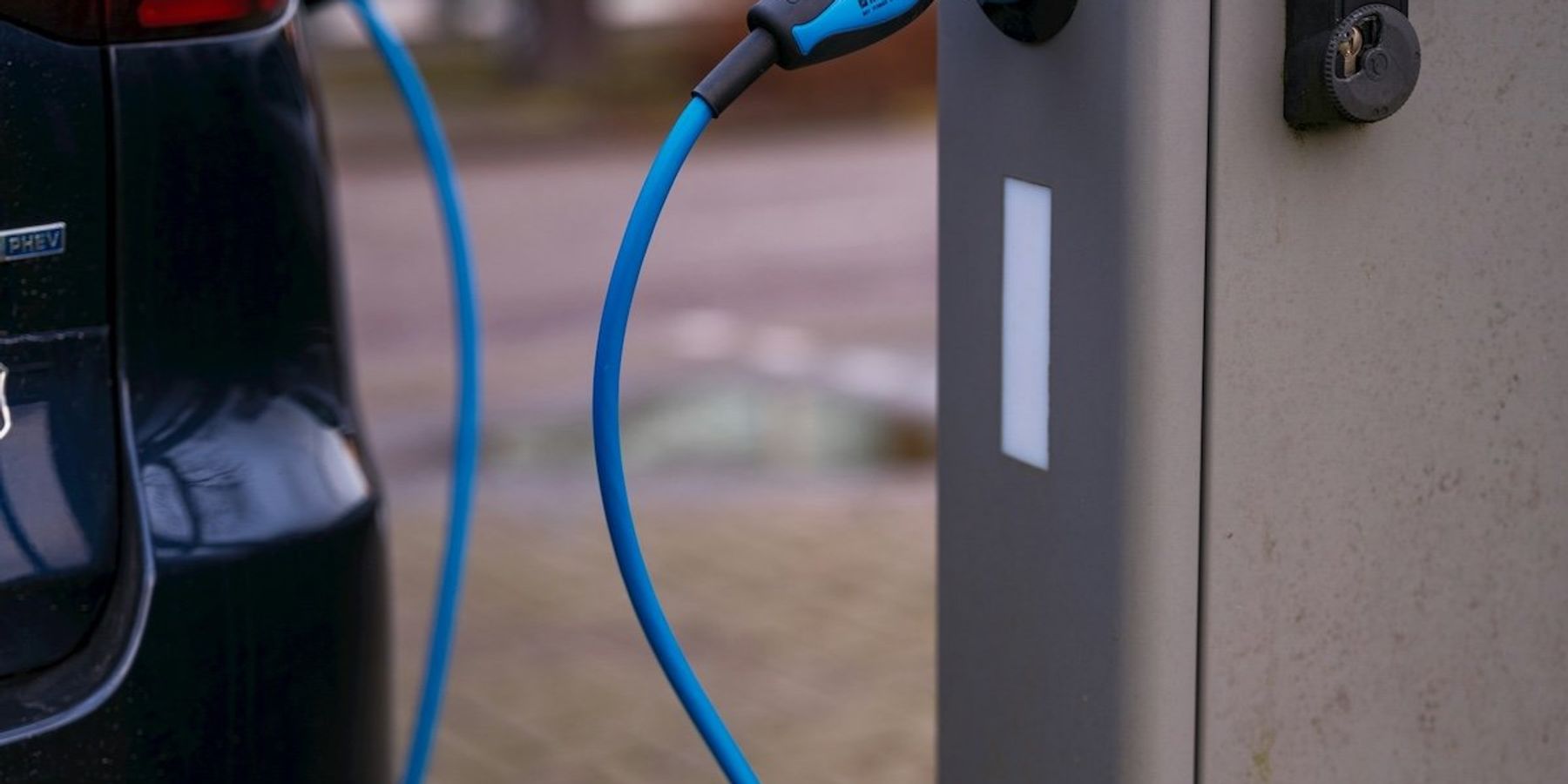18 October 2024
The USDA and EPA push to reduce food waste at home, but challenges persist
Federal agencies are funding campaigns to help Americans waste less food at home, aiming to cut the 35% of U.S. food that goes uneaten and reduce greenhouse gas emissions from landfills.
Lisa Held reports for Civil Eats.
In short:
- U.S. households account for 40% of food waste, leading to significant methane emissions from landfills.
- New USDA and EPA campaigns emphasize consumer education and economic incentives to encourage less food waste.
- Barriers include lack of effective messaging and confusing expiration date labels, which often cause unnecessary waste.
Key quote:
“I think the first step is having an honest look at what we’re really doing and then recognizing that, ‘You know what? Yeah, I’m wasting food. But I can do better, and I can save money..”
— Lesly Baesens, food waste czar of Denver.
Why this matters:
Food waste contributes to climate change through greenhouse gas emissions from production and decomposition. Reducing waste at home could save money for families while helping to meet national environmental goals.













